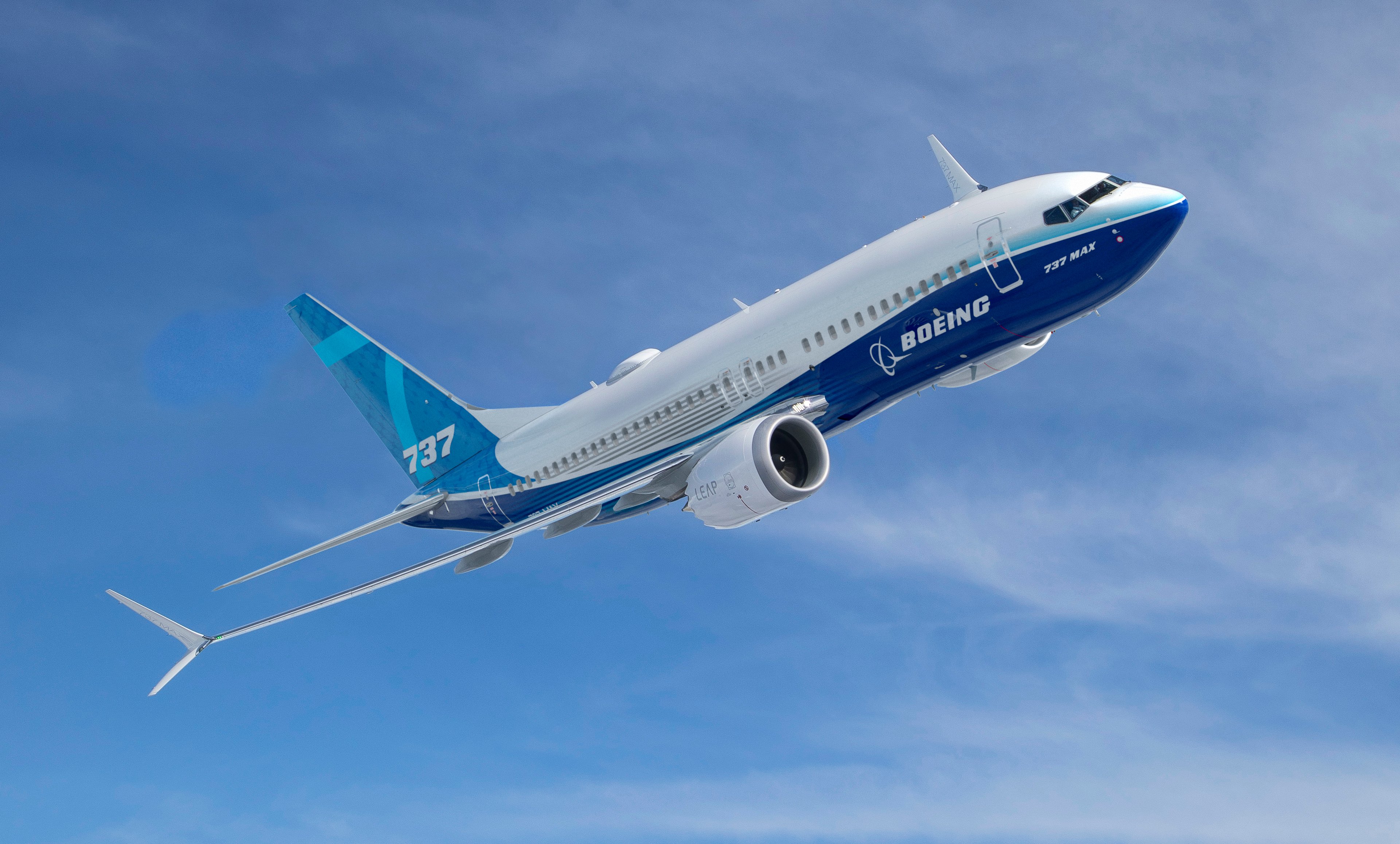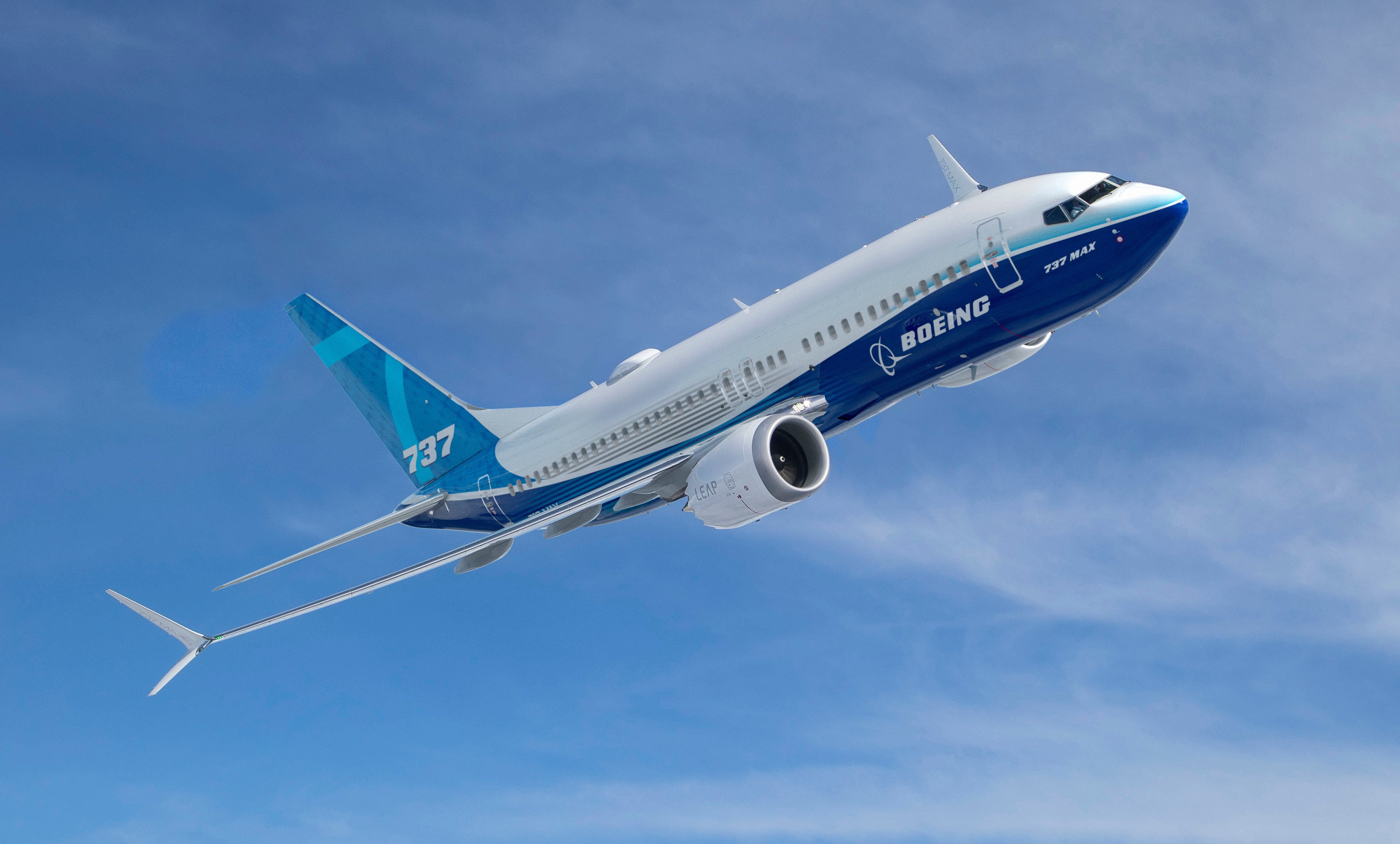The news struck defense stock investors like a missile from a clear blue sky:
In March 2025, the U.S. Air Force announced that its first-ever sixth-generation fighter jet will be built not by Lockheed Martin (LMT +1.14%), the world's biggest pure-play defense contractor and the company that built both of America's last two fifth-generation fighter jets (the stealthy F-22 and F-35).
Instead, the Pentagon handed the contract to build the sixth-generation F-47 stealth fighter to Boeing (BA 1.38%). Along with the contract came the potential to generate anywhere from $20 billion to $50 billion in revenue developing the new fighter, and hundreds of billions more from building it.
Now, it appears the F-47 contract could be an even bigger deal for Boeing than we originally thought.

Image source: U.S. Air Force.
F-47, F/A-XX-zero
Late last month, as Defense Scoop reports, the Pentagon requested $3.5 billion from Congress to continue development work on the Boeing F-47. In contrast, the Pentagon asked for just $74 million in research and development funding for work on its own sixth-generation candidate, a fighter-bomber still described only as the F/A-XX. As one senior Defense Department official explained, the Pentagon made a "strategic decision to go all-in on F-47." The F/A-XX, however, got put on a shelf, because "the industrial base can only handle going fast on one program at this time."
That's a curious explanation.
Given the tens of billions of dollars up for grabs by the winner of the F-47 contest, it's all but certain that up until the winner was announced in March, both Boeing and Lockheed were "going fast" and "all-in" on developing rival prototypes to win that contest. With F-47 now destined for Boeing, I suspect Lockheed would have been more than happy to go "all-in," to pivot, and try to win the other sixth-generation contract in contention: F/A-XX.
Perhaps what the Pentagon really meant to say was that there's a limited number of Defense Department dollars available to fund R&D work -- and not enough to pay for developing both planes at the same time. That would make a bit more sense, and better explain why F-47 is getting $3.5 billion for its development next year, and the F/A-XX...isn't.
A second bite at the F/A-XX apple?
At the same time, in a more recent development, we learned just last week that the U.S. Navy isn't entirely uninterested in F/A-XX.
As Breaking Defense reports, the Navy has prepared an "Unfunded Priorities List" (a sort of martial Christmas wish list) for fiscal 2026. And on this list, the Navy suggests (hopefully) that, should Congress happen to find a spare $1.4 billion lying around, it would take it most kindly if that money could go to the Navy to continue development of the F/A-XX.
Such extra funding, explains the Navy, "will enable Navy to award the 6th Generation Strike Fighter [F/A-XX] contract to industry," and specifically to either Boeing or Northrop Grumman (NOC +1.16%), the two companies still bidding on the contract, which has been under consideration for more than a decade.
Granted, if Boeing and Northrop are the only two companies still in contention for F/A-XX, it's probably not going to help Lockheed out much. But it could turn out to be a double blessing for Boeing.

NYSE: BA
Key Data Points
Two for the price of one
In yet another twist on this story, Axios reported earlier this month on one hypothetical outcome from the Pentagon funding one sixth-generation jet, while making the other one cool its jets. As the news agency explained, a lack of funds for developing more than one aircraft, combined with a clear need for new aircraft for both the Air Force and the Navy, opens up the possibility that the F/A-XX and F-47 development programs could end up merged.
Specifically, "the Navy could end up with a tailored version of the F-47 [as its new F/A-XX] instead" of a completely different F/A-XX developed by a different company. This would be similar to how the F-35 program created F-35A variants for the Air Force, alongside F-35B and F-35C variants for the USMC and Navy.
Logically, such a move would kill two birds with one stone. With development of the F-47 so far advanced already (Boeing has reportedly been working on it since 2019), $3.5 billion in new funds could suffice to finish up the F-47. Then, development work on that plane could be leveraged and tailored to create a similar aircraft that's suitable for launching from and landing on aircraft carriers for the Navy.
Presto-change-o, the F-47 might spawn an F/A-47 variant suitable for the Navy.
Is this how the situation will play out in practice? Only time will tell. But if Axios is right, it would be great news for Boeing -- two contracts for the effort of winning just one -- and doubly bad news for Lockheed Martin stock.





